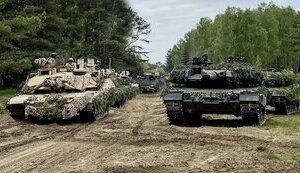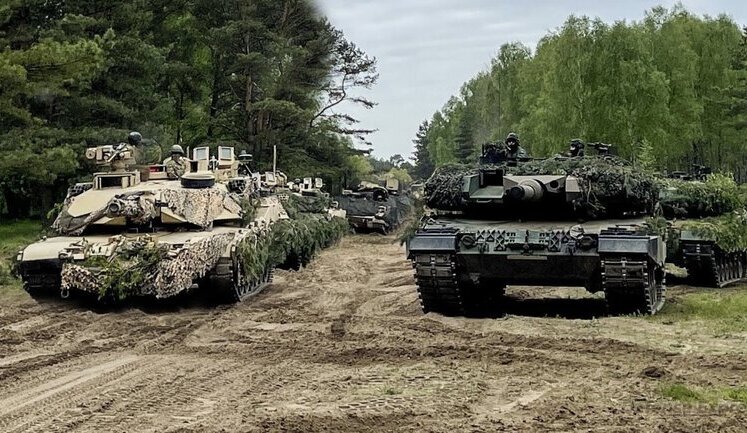The counteroffensive in Ukraine has been marked by strategic military actions and evolving plans. Archival footage from the 80th Brigade showcases the liberation efforts in Slobozhanshchyna, while the capture of a Russian Msta artillery system by the 25th Sicheslav Brigade highlights tactical successes. Despite challenges in 2023 due to equipment shortages, Ukraine aims to enhance its mobilization and defense capabilities. Future offensives depend on Western military support and strategic preparations, with discussions ongoing about the timeline for a significant 2025 counteroffensive. The Ukrainian military's current progress and strategic adjustments remain crucial to their overall defense strategy.
What is the current status of the Ukrainian counteroffensive?
The Ukrainian counteroffensive is progressing with strategic adjustments to overcome challenges such as equipment shortages. Ukrainian forces have demonstrated capability in recapturing strategic locations and capturing enemy assets, contributing to their ongoing efforts against Russian forces.
What significant events have marked the counteroffensive?
Key events in the counteroffensive include the archival footage release by the 80th Brigade, capturing Russian artillery near Kreminna, and advancing in strategic areas like Bakhmut and Melitopol. These highlight the Ukrainian forces' resilience and tactical acumen.
How does Ukraine plan to enhance its counteroffensive capabilities?
Ukraine seeks to enhance its counteroffensive capabilities through increased mobilization, strengthening the defense industry, and constructing fortifications. The success of these plans relies heavily on Western support and timely delivery of necessary military equipment.
What challenges has the counteroffensive faced in recent years?
The counteroffensive has encountered challenges such as inadequate equipment, distribution issues of experienced soldiers, and geopolitical dynamics. Despite these, Ukrainian forces strive to maintain momentum and adapt strategies for future operations.
What role does international support play in Ukraine's military efforts?
International support is crucial to Ukraine's military efforts, providing equipment, advisory support, and strategic partnerships. The West's role in supplying weapons and facilitating political backing significantly influences Ukraine's ability to sustain and escalate counteroffensive operations.
What insights have been shared by military leaders regarding the counteroffensive?
Military leaders have emphasized resilience, highlighting progress in regions like Slobozhanshchyna and emphasizing the necessity of strategic adjustments. The ongoing dialogue with international allies underpins their optimism for future operations.
What strategic outcomes are expected from the counteroffensive by 2025?
By 2025, Ukraine aims to leverage increased military support and strategic foresight to launch decisive counteroffensive operations. Success depends on mobilization efforts, Western aid, and tactical innovations in battlefield engagements.


































































